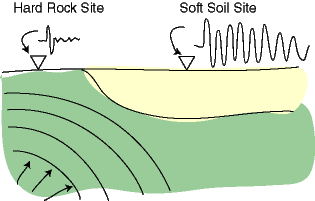 |
| Inhabitat |
| Tree Hugger |
Meanwhile, in today's risk assessment for real estate (excellent distraction for a the worried Mom in me) we have more maps (yay!) of San Francisco and Marin to identify potential danger zones for flooding, which is obviously very bad for property value and building health. Flooding here at the golden gate could be caused by a tsunami or by a severe winter storm and may be exacerbated by high tides/heavy rain/dam failure/pipe failure or any combination thereof. When purchasing property in historically flooded areas, you'll want your inspectors to alert you to any residual damage or moisture that could continue to have negative impact on the building.
 |
Museum CA |
The good news is that to some extent one can predict areas of greater or lesser vulnerability to inundation, (hint: water flows downhill) and though of course all bets are off in the big picture of climate change, still there are many areas of higher ground to consider in your real estate search. The tough trade-off for so many of us who love the sea, is that property near the water comes with the possibility it will become property IN the water.
SF Tsunami Inundation Maps
Marin County Tsunami Inundation Maps
Tsunami Risk Zone (scroll down for the map)
FEMA Map tools This is a huge data set, and requires a fast internet connection, but you can make your local map and save it. Companies like JCP will put this, and some of the data above, in a disclosure package which the Listing agent will have to offer interested buyers, but if you are the kind who'd like to take a look before you formally inquire about a specific property, this can be worth the effort.
| livescience |










